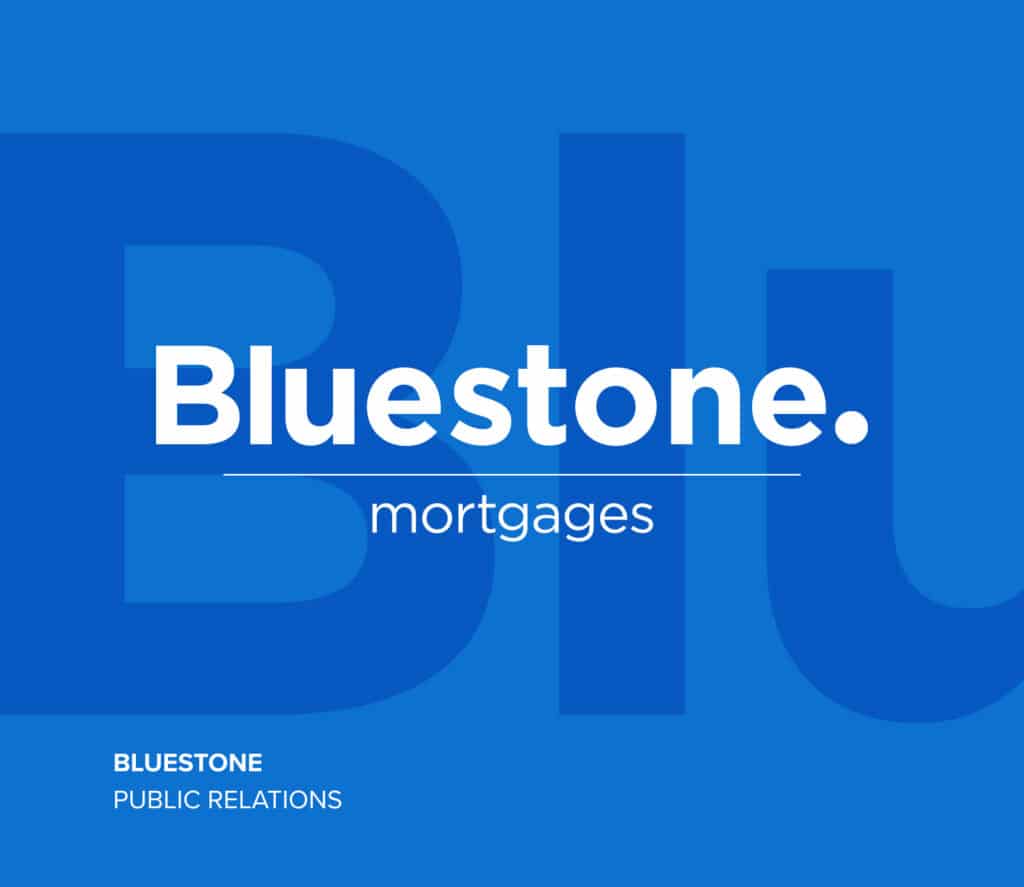When Your Brand Checks into The White Lotus
Happy White Lotus finale weekend to all who celebrate! On Sunday night, the highly anticipated finale of The White Lotus Season 3 is set to premiere on Max, with viewership expected to crack 5 million – an all-time record for the show. The season is averaging nearly 15 million US viewers, with the Season 3 premiere approaching 18 million HBO and Max viewers. As the show’s popularity soars, it also brings new challenges for brand safety, as real-world organizations sometimes find themselves unexpectedly caught in the crossfire of fictional storytelling.
Duke University’s Unexpected Cameo
This season, we’re following different groups of vacationers as they spend a week at The White Lotus hotel in Thailand. One group, the Ratliff family, hails from Durham, North Carolina, and is closely connected to Duke University – much to the university’s dismay. In one scene, character Timothy Ratliff (portrayed by Jason Isaacs) wears a Duke t-shirt while contemplating suicide, and his son Saxon Ratliff (portrayed by Patrick Schwarzenegger) is depicted as a Duke alumnus involved in several controversial activities. These portrayals have sparked a conversation about brand safety, unauthorized representations, and how institutions can respond when caught off guard.
Frank Tramble, the vice president for communications, marketing and public affairs at Duke, told CNN, “Duke University did not approve the use of its marks in The White Lotus. Duke appreciates artistic expression and creative storytelling, but characters prominently wearing apparel bearing Duke’s federally registered trademarks creates confusion and mistakenly suggests an endorsement or affiliation where none exists.”
Tramble added that the show “not only uses our brand without permission, but in our view uses it on imagery that is troubling, does not reflect our values or who we are, and simply goes too far.”
Brand Portrayal and Public Perception
When a brand or institution is depicted in popular media without approval, it can significantly impact its reputation. Even fictional portrayals, when tied to real organizations, can shape public perception, sometimes in unexpected or unfavorable ways. Duke University’s depiction in The White Lotus Season 3 highlights this risk. The university’s association with controversial storylines, including mental health issues and inappropriate conduct, sparked concern over how its brand might be perceived by millions of viewers around the world.
To manage these situations effectively, organizations must carefully balance proactive and reactive communication strategies. Sometimes, attempts to control the narrative can backfire, particularly when social media dynamics are at play. Duke’s response, which focused on the show’s use of its trademarks and negative concerns around mental health representation, may have inadvertently amplified the controversy. By trying to weigh in, Duke drew more attention to the issue, making it part of a larger internet meme frenzy and fueling further public scrutiny. In such cases, a more restrained or positive response – or perhaps diverting from the narrative completely – might have been more effective in minimizing the fallout.
Engaging with audiences is another crucial aspect. Open communication can help dispel misconceptions and uphold brand integrity in cases like this. Rather than ignoring public conversations, organizations can use them to reinforce their values and share relevant initiatives, such as Duke promoting mental health resources in light of the show’s storyline.
Lessons from Other Brands in the Media Spotlight
Duke University’s experience here is not unique. Many brands and institutions have found themselves portrayed in media without consent, sometimes with problematic implications. For example, when Abercrombie & Fitch’s name was used in hit reality TV show Jersey Shore, the brand publicly offered to pay the cast not to wear their clothes, distancing itself from the show’s controversial image. Similarly, Coca-Cola faced backlash after one of its logos appeared in a dystopian scene in The Hunger Games, prompting discussions about brand placement and control.
These instances underscore the importance of having a crisis communications strategy in place before issues arise. In most cases, the best approach is to respond swiftly, authentically, and in a way that aligns with the brand’s values. Lessons learned from these incidents include the importance of monitoring brand mentions in media, even when unexpected, and being prepared to address public concerns through transparent, value-driven messaging.
The Best Approach? Stay Calm and Strategic
Navigating the line between creative freedom and brand protection can feel a bit like trying to reserve a pool chair at The White Lotus – chaotic, unpredictable, and with the occasional unexpected splash. While TV shows have the right to artistic expression, real-world institutions understandably get a little jumpy when their brand gets dragged into the drama. Whether it’s a Duke t-shirt in a questionable context or a logo popping up where it shouldn’t, these instances remind us that, sometimes, your brand might end up on screen without overt approval.
The best strategy? Be prepared, stay calm, and know when to engage and when to simply watch from a distance. After all, sometimes the best way to manage a media moment is to own it with humor, address it with honesty, and make sure your brand walks away looking polished, even if it’s been caught up in a bit of unscripted chaos.
I’m really rooting for Belinda this season. Happy watching!


